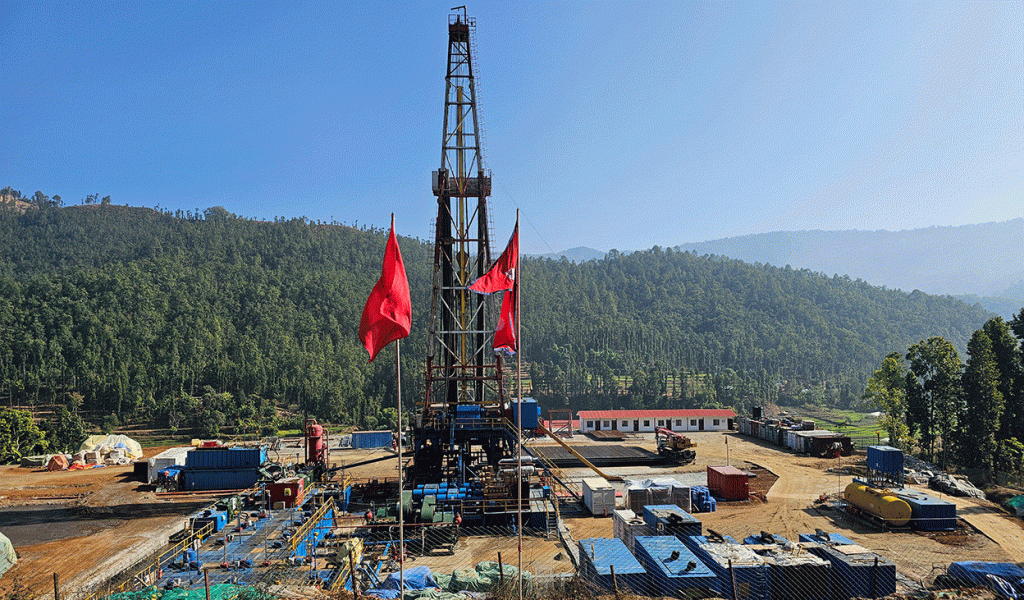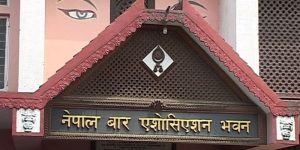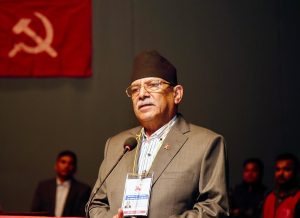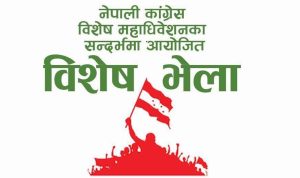Kathmandu — A massive deposit of natural gas — estimated at 112 billion cubic meters — has been preliminarily discovered in Nepal’s Dailekh district. According to a Chinese technical team, this reserve could supply Nepal’s energy needs for the next 50 years, marking a potential turning point in the country’s energy landscape.
The discovery is the result of a collaborative geological survey between the China Geological Survey and CNPC Xibu Drilling Engineering Company. Starting May 11, 2023, the team conducted deep drilling in the Jaljale area of Dailekh, reaching depths of 4,000 meters.
Initial drilling revealed a strong gas odor. To verify the gas’s quality and volume, rock samples were sent to China for further testing. The objective was to assess whether the natural gas could be commercially viable.
“We have received a preliminary report confirming the presence of 112 billion cubic meters of natural gas,” said Minister for Industry, Commerce, and Supplies, Damodar Bhandari, speaking to . “The gas has been identified as methane.”
Methane Gas: A Clean Energy Source for Nepal
Methane is a clean-burning fuel and a promising alternative to petrol and diesel. “It can be used for transportation, electricity generation, and household lighting,” said Prakash Luintel, spokesperson for the Petroleum Exploration Project at the Department of Mines and Geology. “It can also be separated into hydrogen to produce ammonia gas for fertilizer manufacturing.”
Several areas in Dailekh have visible gas flames at the surface, which locals have long regarded as divine phenomena. Experts have now confirmed these are caused by flammable gases escaping from underground.
Minister Bhandari added that the site has enough gas to sustain Nepal for up to 50 years. Once the final report is received from the Chinese team, the government plans to begin trial production.
“They’ve said the detailed report will be submitted by the end of December, but we’ve requested it sooner,” Bhandari noted. “We aim to begin test production immediately after the report is received.”
A 75-day test production phase has been scheduled, with an estimated cost of NPR 650 million (approximately USD 5 million).
Nepal’s Energy Independence and Economic Potential
Minister Bhandari believes that if commercial production succeeds, it could significantly boost Nepal’s economic development and reduce dependence on imported fuel.
Background: Long-Term Efforts in Petroleum Exploration
Nepal’s efforts in petroleum exploration date back to the late 1970s. In 1978/79, the Department of Mines and Geology, with World Bank support, conducted airborne magnetic surveys over 48,000 square kilometers in the Terai and Siwalik regions, showing promising results.
In 1982, the government established the Petroleum Exploration Promotion Project to coordinate and monitor exploration efforts. Studies suggest that Nepal’s petroleum reserves lie beneath the Chure and Terai regions.
The country is divided into 10 petroleum exploration blocks, with Dailekh being the first and only one where deep drilling has been carried out.
Interest in petroleum intensified following the 2015 Indian blockade, which disrupted fuel and gas supplies. The then-Oli government invited Chinese experts to explore Nepal’s petroleum potential. Former Industry Minister Som Prasad Pandey personally visited various sites in Dailekh, including Shrishthan, Navisthan, Dhuleshwar, and Paduka. Despite promises to begin extraction within six months, actual drilling took nearly a decade.
Minister Bhandari stated that the estimated gas volume could rise further if drilling is extended to three additional sites.






